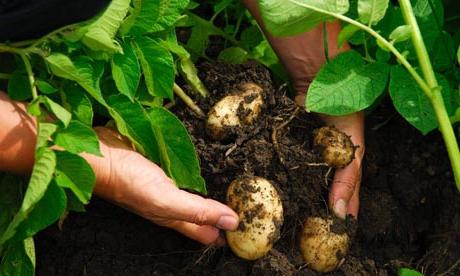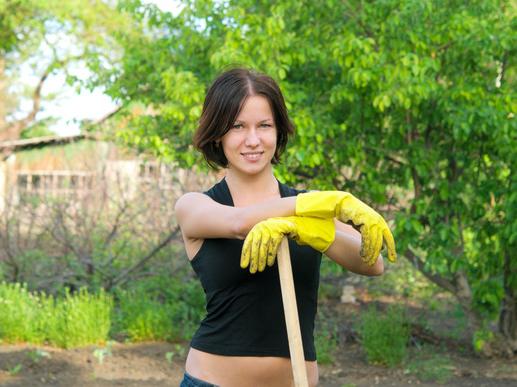The agricultural term “crop rotation” is relevant not only in the conditions of extensive collective-farm and state farm areas, but also in a small area of an amateur grower. In simple human language, this means that you need to follow the sequence, then what can be planted, and what is undesirable. The fact is that each plant consumes certain trace elements from the earth, and growing the same crop in one place greatly depletes the soil. Not to mention the fact that it is much more difficult to combat plant diseases if they persist in the soil year after year.
With disease, we will begin
They say, "each vegetable has its own time." You can rephrase this: each vegetable has its own pest. Pathogenic bacteria, pests and their larvae accumulate in places of "feeding" with your favorite vegetable, and it will be a huge mistake to plant the same plant or another plant of the same species, such as carrots and turnips, on the same bed for the second season. No chemicals will help here. It is difficult to name a more ineradicable and malicious plant disease than late blight. It not only destroys the crop on the vine, but also remains in the soil for several years. That is why it is impossible to plant in the same place the same culture, prone to this scourge, or other crops that also suffer from late blight. Studying the topic of what can be planted after, you need to take into account this particular side: which vegetable is sick than what. So, late blight: tomatoes, potatoes, eggplant, pepper are most infected with it. This means that none of these vegetables are suitable for planting after the other. Especially if the predecessor was ill with the aforementioned infection. By the way, changing the places of planting does not get rid of the disease, if you plant infected seeds or root crops in a new place - you can just spread the disease throughout the garden.

What then can be planted?
Since we have already started talking about vegetables susceptible to late blight, let’s also say what they can be alternated with. After potatoes and tomatoes, you can safely plant peas and beans, this will be very useful for the soil. Good after them and cabbage, beets and carrots. For the tomatoes themselves, potatoes and eggplant, the best predecessors will be the same legumes, cabbage, corn, cucumbers, onions, greens. Garlic feels very good after bean and squash crops. But what can be planted after garlic is another topic. Onions and garlic are cultures of the same species, and they cannot be planted one after another, as well as planted in the same place year after year. They have the same diseases and pests, and this must be taken seriously. And they consume the same substances from the soil, depleting it and requiring constant top dressing. A much larger list of what can be planted after onions and garlic. All kinds of winter and annual greens, legumes, cucumbers, early potatoes - all of them will feel great on the former onion and garlic beds. After the onion, you can plant a radish, then there is a hope to save it from soil pests. Cucumbers can be alternated with cabbage and tomatoes, as well as beets and turnips.

And if not possible?
If there is very little land for a garden on the farm, then you won’t be especially clear about what can be planted after that. For example, if a gardener grows potatoes at home, then it will occupy a large part of the area, and it is unlikely to be able to transfer it to another place. The same with tomatoes, with cucumbers. There is only one way out: from time to time to sacrifice the crop and completely abandon certain vegetables, give the land a break and plant lighter crops on it - greens, legumes, onions, garlic. And do not forget about organic fertilizers and top dressing - they allow to some extent renew the soil.